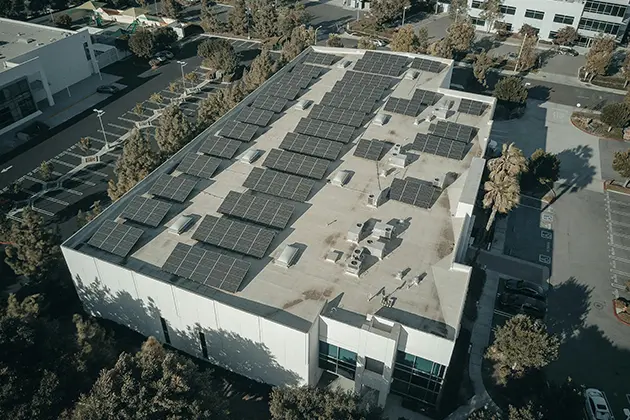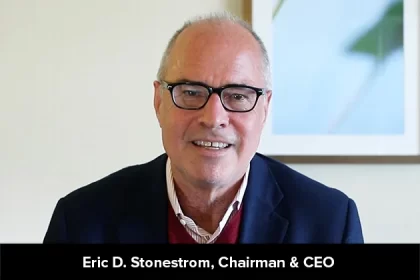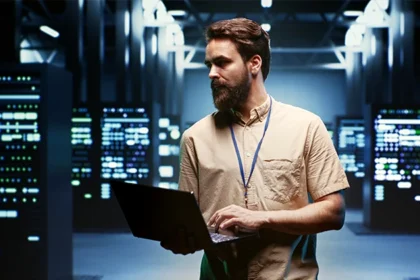Sustainability is turning out to be an important consideration in a commercial building as businesspeople begin to recognize the long-term financial potential in offering a reduced environmental footprint. One of the key areas of sustainability will be in the roofs. Roofs are among those very few important elements in the energy efficiency, durability, and environmental impact of a commercial building. From an environmental point of view, the motives to select sustainable roofing solutions are obvious. They will also create a variety of cost-saving, improved performances, longevity options, among others.
Green Roofs
Green roofs, otherwise Living Roofs, are one of the well-liked sustainable roofing technologies in today’s world for commercial buildings. They generally consist of vegetation such as grasses and shrubs and sometimes small trees atop a waterproof membrane. Among the chief ecological advantages of green roofs are natural insulation, mitigation of the urban heat island effect, and rainwater absorption to decrease runoff and flooding.
Cool Roofs
Cool roofs are designed to reflect more sunlight and absorb less heat compared to the conventional materials used in their making. This concept of a cool roof works on keeping the building cooler, reducing the demand for air conditioning. These are made of reflective materials like white or light-colored membranes or coatings, which help in maintaining the building and surrounding environment at lower temperatures.
Solar Roofs
Solar roofing systems integrate energy efficiency with renewable energy generation by embedding the solar panels into the roof structure. This alternative is quite applicable for those enterprises that not only want to decrease their reliance on sources of fossil fuels but also gradually reduce energy consumption bills. The solar roof uses sun energy in the production of electricity, whereby it can feed a building for minimized dependence on outside energy sources.
Their versatility enables them to be installed on different types of roofs-from flat to sloped roofs. However, the initial installation costs may be quite expensive. Fortunately, tax incentives, rebates offered, and energy savings help businesses offset the investment in solar panel installation. In due course of time, solar roofs can give high returns by saving a lot on electricity costs, and even surplus energy produced is sold back to the grid at many locations.
IMP Roofs
Insulated metal panels represent one of the most developed roofing systems, combining high levels of energy efficiency with sustainability. IMPs consist of two metal skins sandwiching a layer of insulating foam, and their construction assures very good thermal insulation, thus minimizing the amount of energy that has to be spent on heating or cooling the building. Besides that, one of the major advantages of insulated metal roofing is its durability. They are cost-effective in the long run and can last upwards of 50 years with very minimal maintenance. For added longevity and sustainability, they have a resistance to extreme weathers of heat, cold, wind, and even fire.
Recycled Material Roofs
The other greener option for businesses that seek to reduce any form of waste and help in sustainability is roofing made from recyclable materials. Recyclable roofing can be made from rubber, plastic, metals, and asphalt that have been transformed into durable and attractive roofing options. These are very friendly to the environment, very durable, and hardly face wear and tear from weather conditions, hence very lasting for commercial buildings.
Conclusion
It is here that businesses balance the books sustainably, as the roofing solutions help reduce environmental impact, increase energy efficiency, and improve the durability of their commercial buildings. From green roofs that offer natural insulation and cleaner air to solar roofs that generate renewable energy, there are quite a number of eco-friendly roofing options that may suit different needs and budgets. Other materials, such as recycled shingles and insulated panels, further enhance the sustainability of a building without necessarily giving up performance or appeal. By investing in an eco-friendly roofing solution, a business can achieve environmental and fiscal advantages while playing its part in contributing toward a better future.










